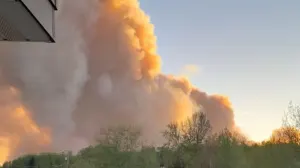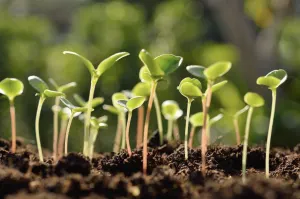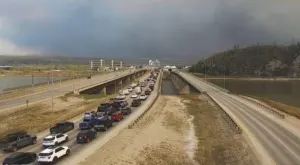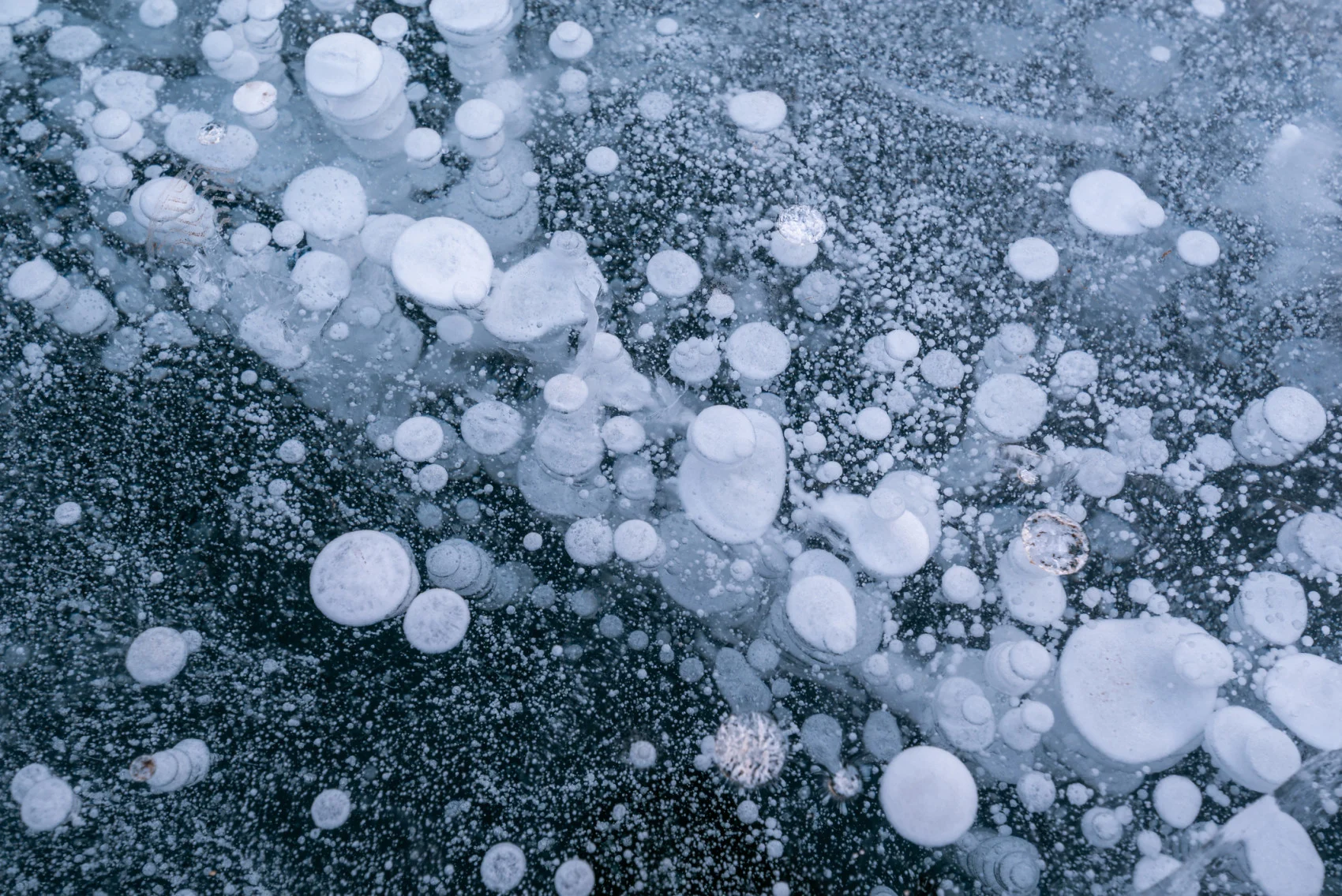
Methane "belching" lakes discovered in Alaska as permafrost thaws
Lakes bubbling with methane are forming across Alaska and Northern Canada as microbes digest the thawing organic matter in melting permafrost, according to new NASA research.
NASA scientists exploring the impacts of climate change in the Arctic have noticed something unusual about the new lakes that are popping up across the region: they’re burping up methane.
Thawing permafrost forms thermokarst lakes, which occur when ice wedged into the permafrost melts and forms a crater that eventually fills with meltwater.
Researchers involved in NASA’s Arctic Boreal Vulnerability Experiment (ABoVE) project travelled to Big Trail Lake, which is a thermokarst lake, in Alaska to learn more about the changing Arctic landscape.
“At Big Trail Lake, it’s like opening your freezer door for the first time and giving all the food in your freezer to microbes to decompose. As they decompose it, they are belching out methane gas,” said Katey Walter Anthony, an ecologist at the University of Alaska-Fairbanks, in a press release from NASA.

Methane bubbles appear on the surface of Big Trail Lake. (NASA/Sofie Bates)
There are such high levels of methane that when a lit match is held over the bubbling lake, it bursts into a larger flame.

Turning the valve on the bubble trap releases methane gas, which is flammable. Holding a match near the valve ignites the gas in a burst of flame. (NASA/Sofie Bates)
The methane bubbles can prevent ice from forming on the lakes, which results in the water body continuously releasing methane into the atmosphere.
“This lake wasn’t here 50 years ago,” Walter Anthony explained when describing her time at Big Trail Lake. “Years ago, the ground was about three meters taller and it was a spruce forest.”
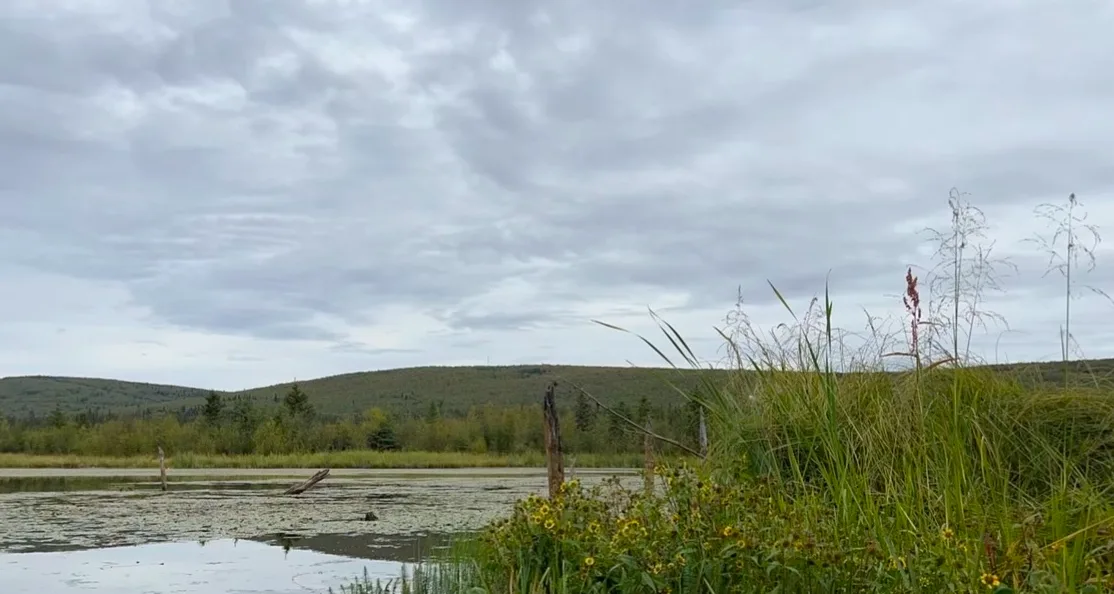
Big Trail Lake is one of Alaska’s newest lakes and one of the largest methane emission hotspots in the Arctic. (NASA/Katie Jepson)
Permafrost freezes soil and plant matter into the ground throughout the entire year, but when it melts, microbes begin consuming the thawed organic matter and release methane and carbon dioxide during their digestion. The lake appears normal from a distance, but when you look closely, bubbles can be seen floating to the surface.
In other instances when the lakes are able to freeze over, the bubbles form frozen domes with a rougher ice surface. This roughness can be detected by satellite radars, which NASA uses in combination with in-field measurements to calculate the methane emissions from Arctic lakes.

The UAVSAR instrument, housed in a pod on the underbelly of NASA Armstrong’s NASA802 research aircraft, uses radar to study the ground, ice and water below. (Sofie Bates/NASA)
Methane is a particularly concerning greenhouse gas because its ability to trap heat in the atmosphere is estimated to be 25 times higher than carbon dioxide over a 100-year period. In addition to being emitted by natural processes in the environment, methane is the second most abundant anthropogenic greenhouse after carbon dioxide.
ABoVE is currently conducting studies in Alaska and Western Canada to learn more about how the environment and changing and the implications that it has on communities living in these environments.
Watch below: Oldest ice core ever discovered could shed light on climate change
The project states that some of the most prominent changes in the Arctic and Boreal region include changes in wildfire patterns, insects and invasive species, and altered wildlife habitats that affect subsidence hunting.
Estimates indicate that permafrost is the largest carbon sink on land, with the trapped plant and animal matter equaling 1,600 billion tonnes of stored carbon, which is two times greater than the amount that is floating in the atmosphere.
Thumbnail image: Ice and frozen methane gas in winter. (Wang Yukun/ Moment/ Getty Images)








